Script Format Samples
-
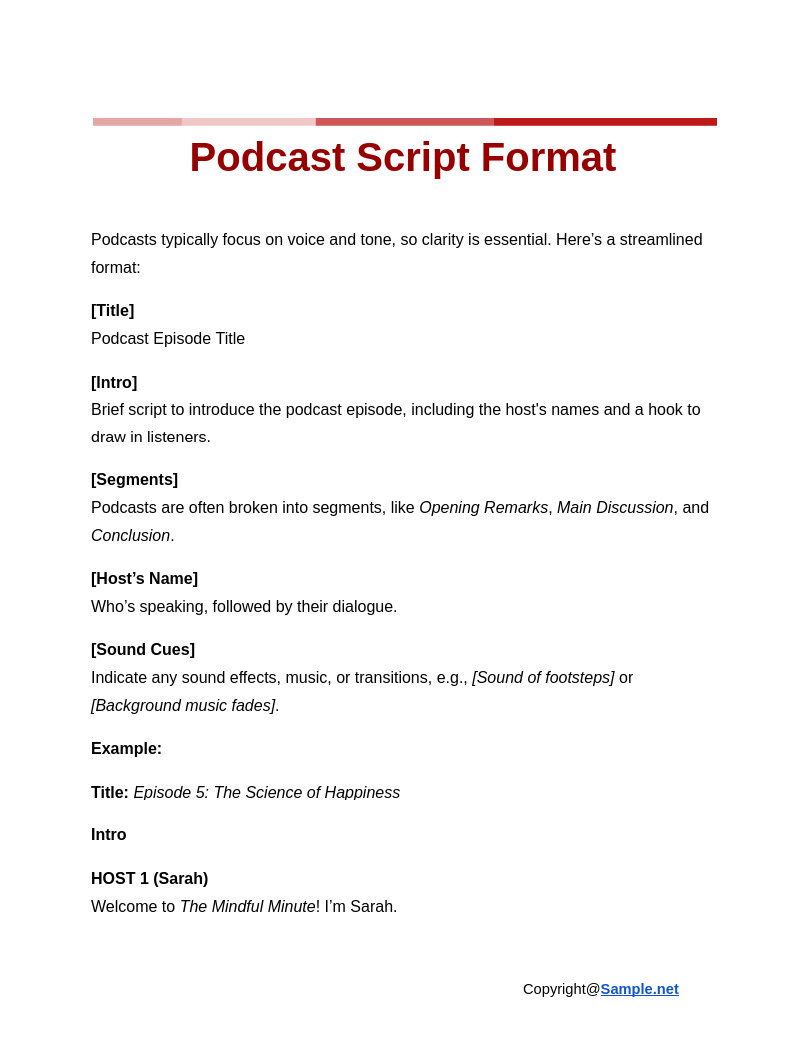
Podcast Script Format
download now -
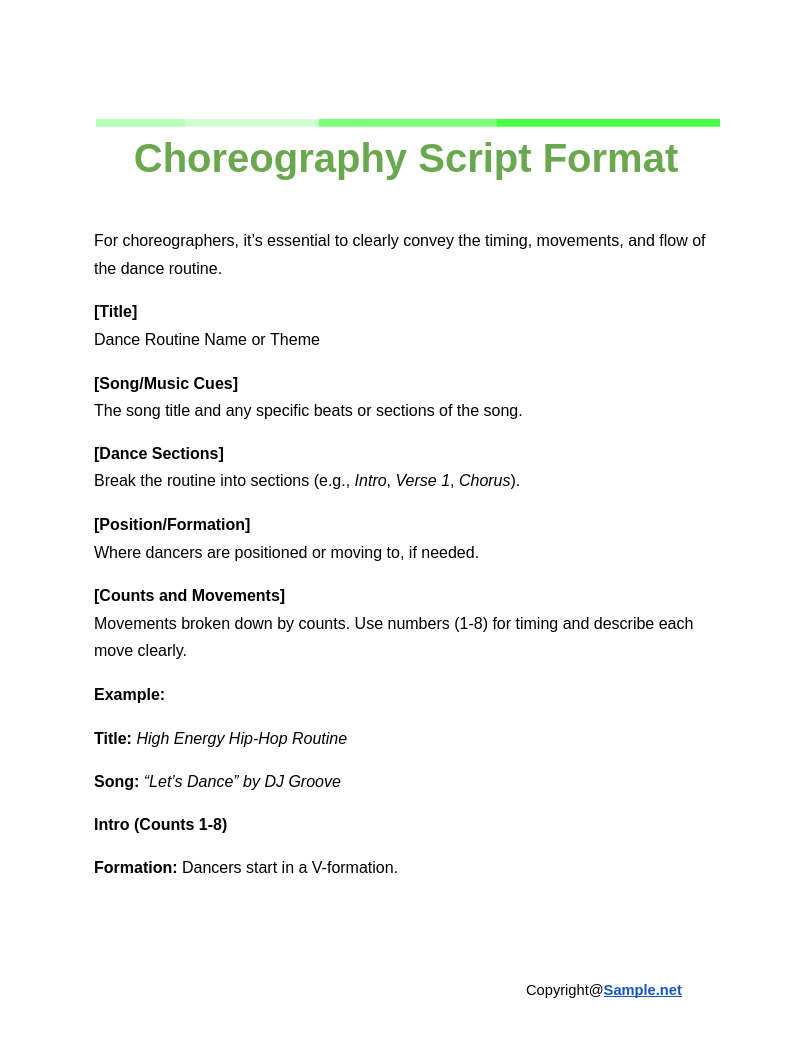
Choreography Script Format
download now -
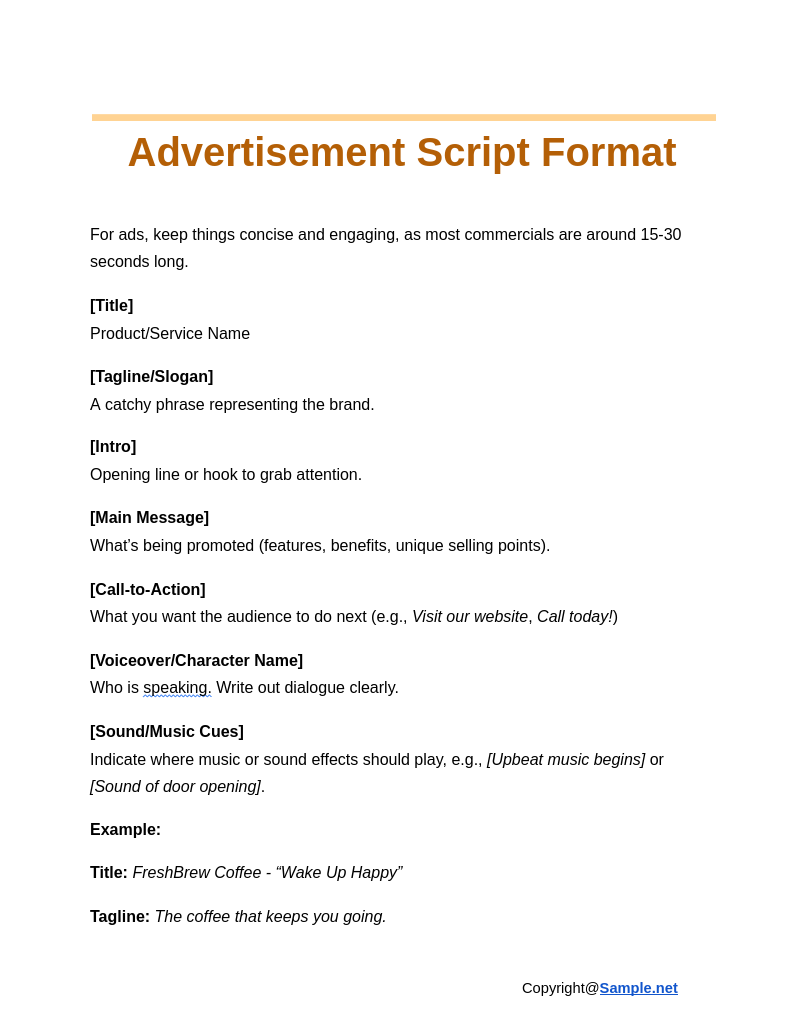
Advertisement Script Format
download now -
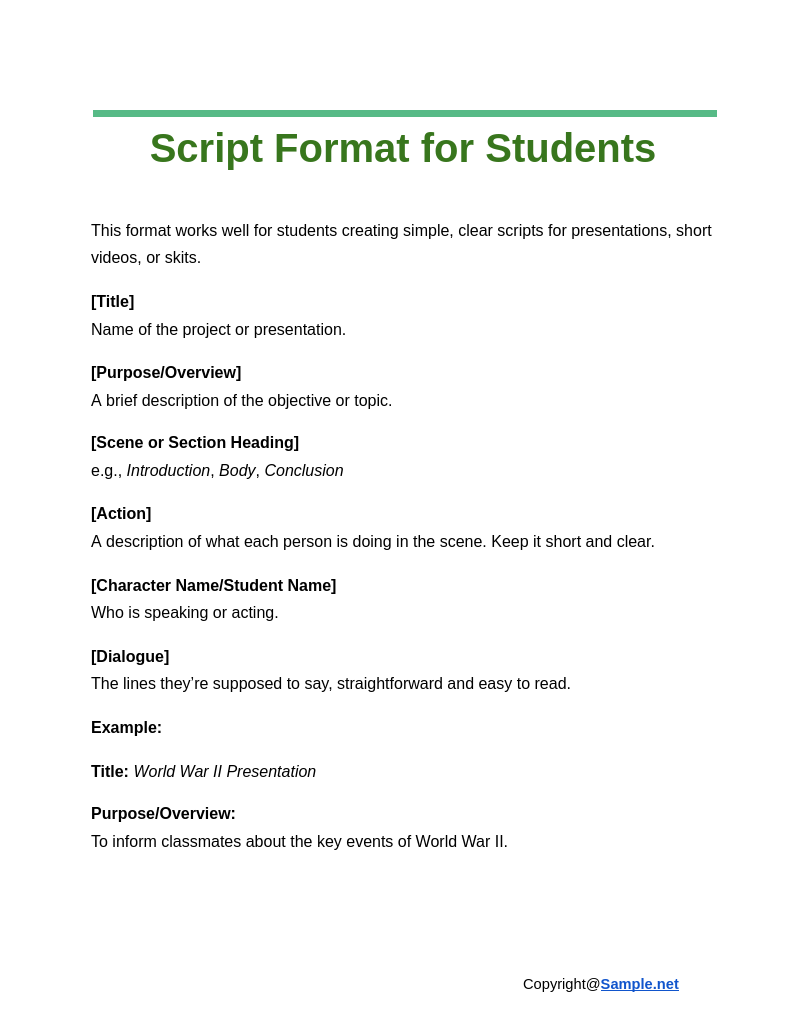
Script Format for Students
download now -
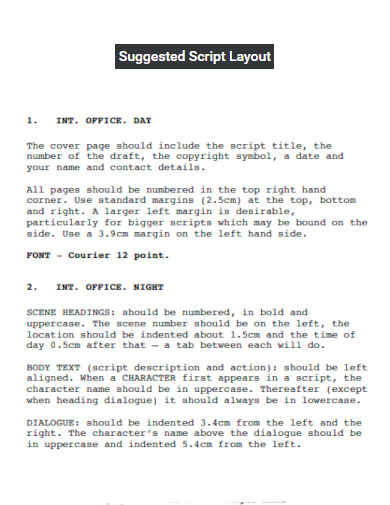
Suggested Script Layout
download now -
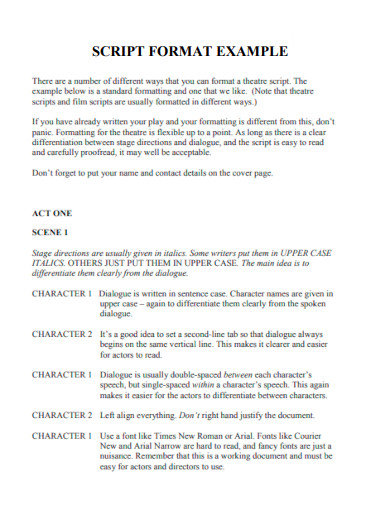
Script Format Example
download now -

Scriptwriting Format
download now -
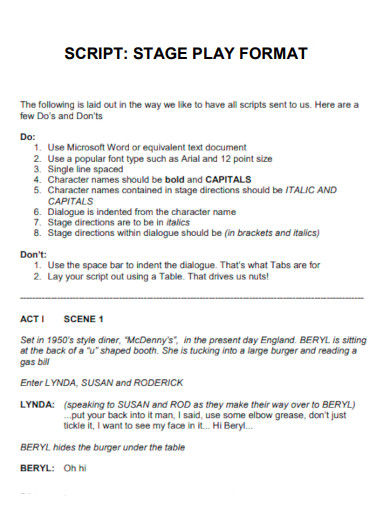
Script Stage Play Format
download now -

Film Script Format
download now -
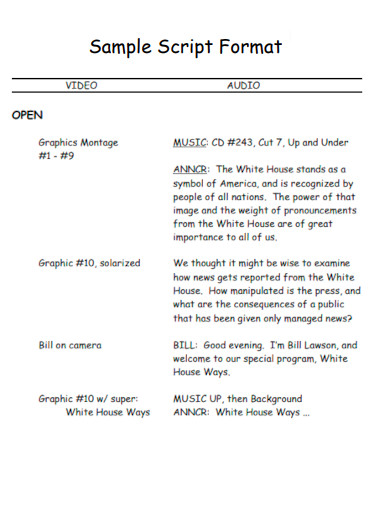
Sample Script Format
download now -
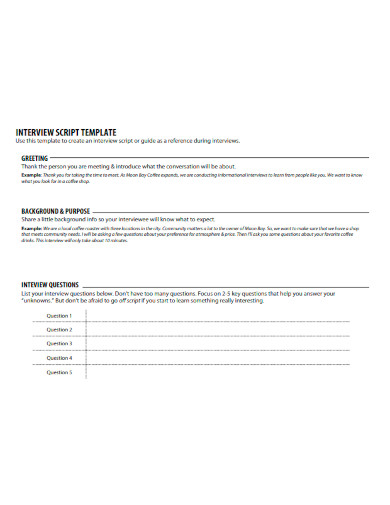
Interview Script Format
download now -
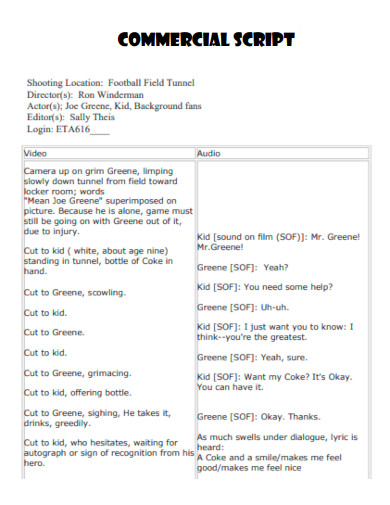
Commercial Script Format
download now -
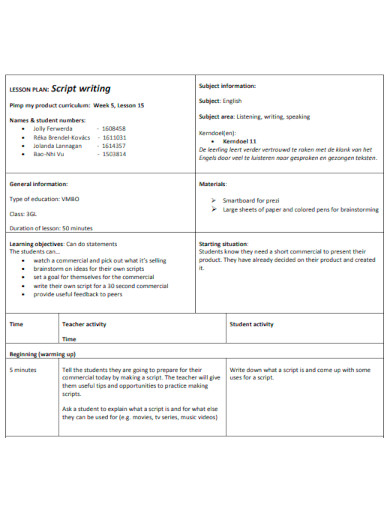
Lesson Plan Script Format
download now -
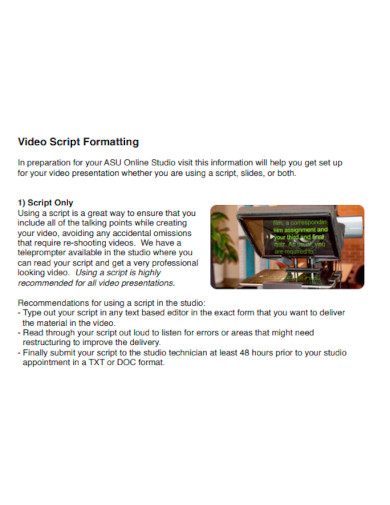
Video Script Format
download now -
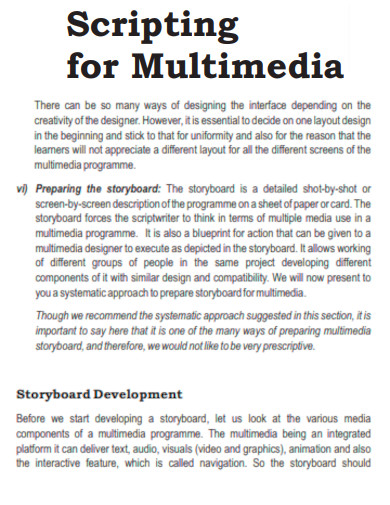
Scripting for Multimedia Format
download now -
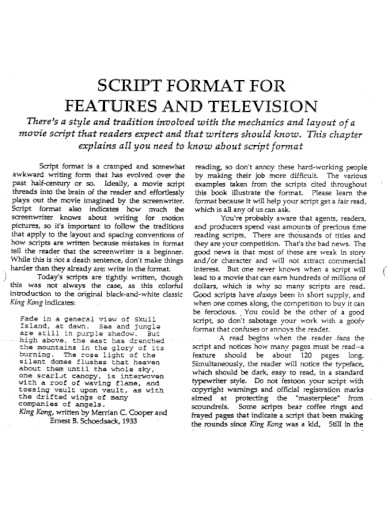
Script Format For Features and Television
download now -
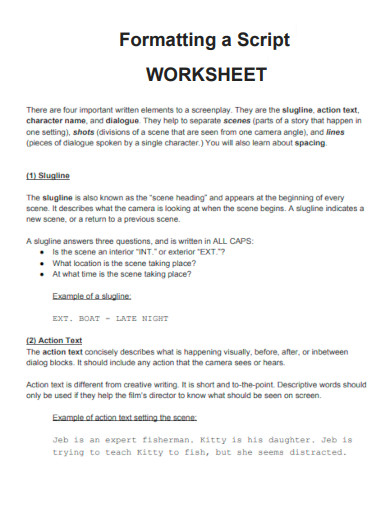
Script Format Worksheet
download now -
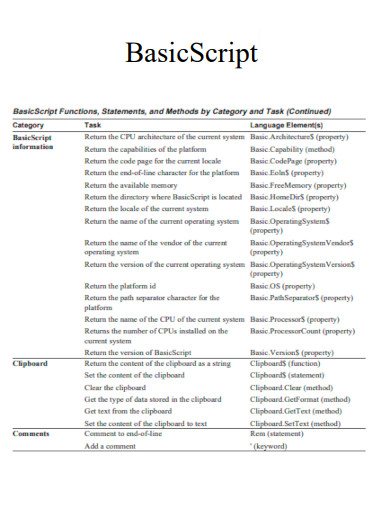
Basic Script Format
download now -
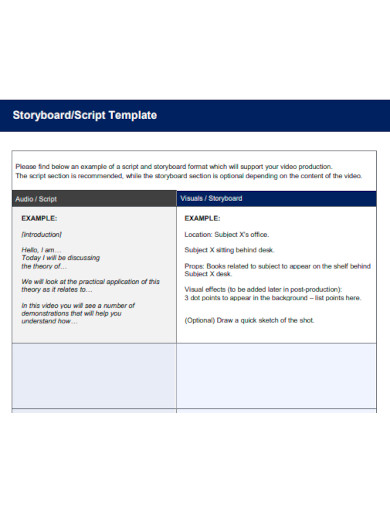
Storyboard Script Format
download now -

Short Film Script
download now -

Google Docs Script Format
download now -

Screenplay Script Format
download now -
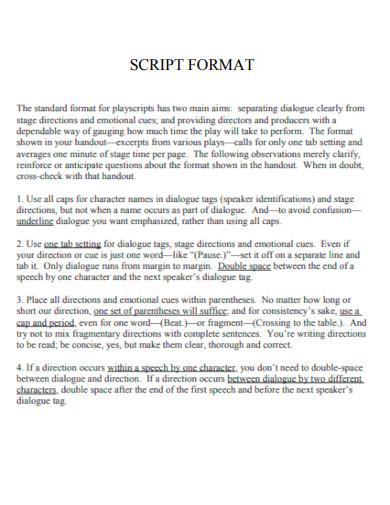
Script Format in PDF
download now -
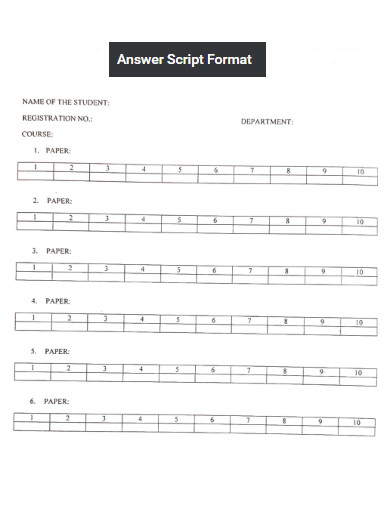
Answer Script Format
download now -
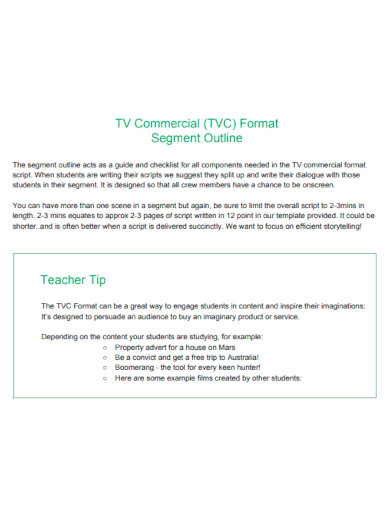
TV Commercial Script Format Segment Outline
download now -
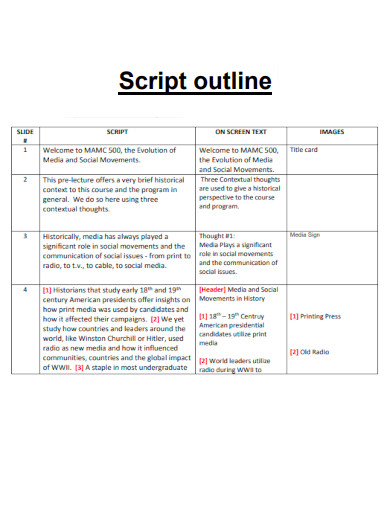
Script Format Outline
download now -
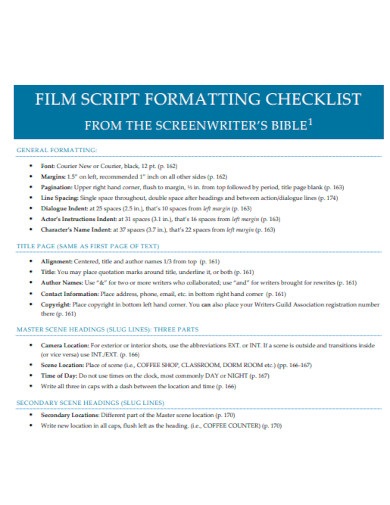
Script Format Checklist
download now -
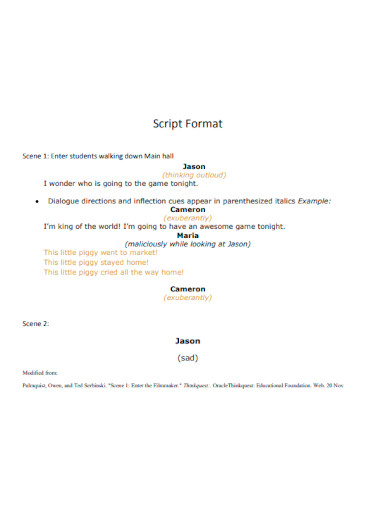
General Script Format
download now -
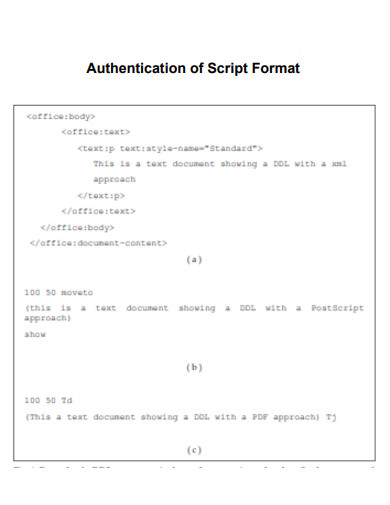
Authentication of Script Format
download now -
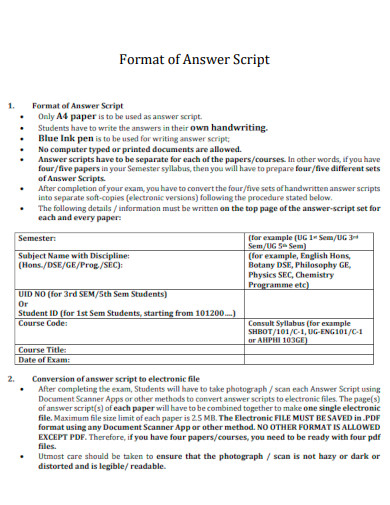
Printable Script Format
download now -
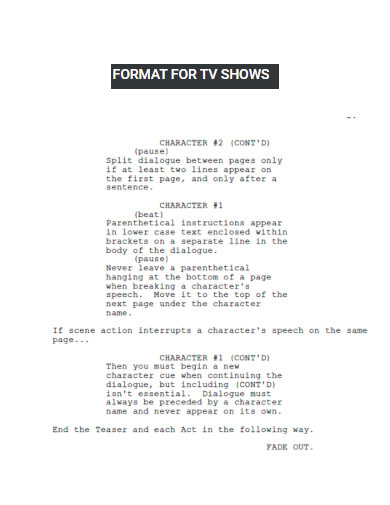
TV Show Script Format
download now -
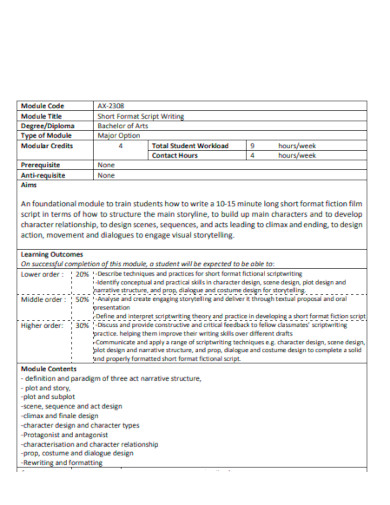
Short Format Script Writing
download now -
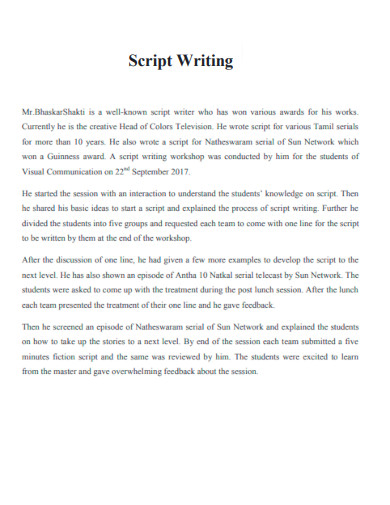
Script Writing
download now -
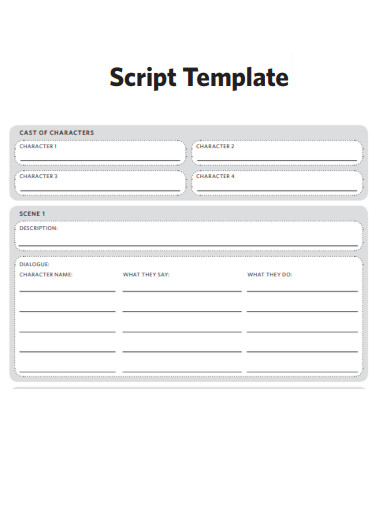
Script Format Template
download now
FREE Script s to Download
Script Format
Script Format Samples
What is a Script Format?
Types of Script Formats
How to Create a Script Format
FAQs
What are the key differences between script writing for commercial films and television dramas?
How does script format differ in musical theatre compared to traditional screenwriting?
What are the important considerations when writing a script for a radio show?
How does script format differ in animation compared to live-action films?
How does a screenplay format differ from a stage play format?
What is the role of parentheticals in script formatting?
What are the most common transitions used in scripts?
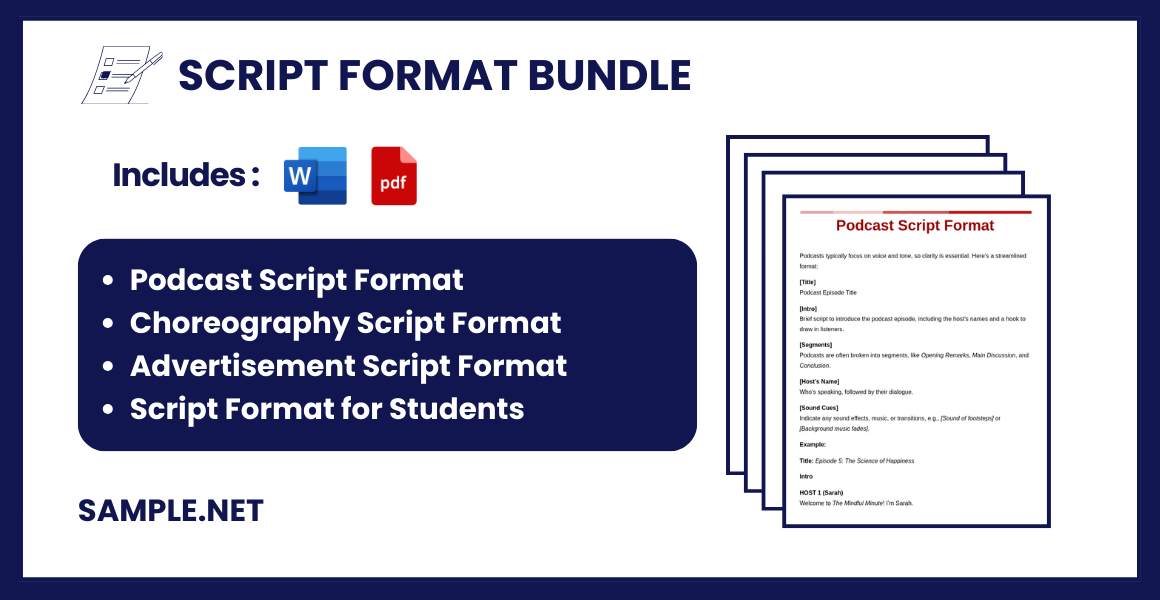
Script Format
[Scene Heading]
INT. / EXT. LOCATION – DAY / NIGHT
The scene heading includes the setting (interior or exterior), the location, and the time of day.
[Action Description]
Describes what’s happening in the scene. This is concise, action-oriented, and written in the present tense. Only include essential details, focusing on actions the audience will see or hear.
[Character’s Name]
Centered and written in all capital letters. The character’s name appears above their dialogue, identifying who’s speaking.
[Dialogue]
The lines spoken by the character, written under the character’s name and centered. Dialogue should reflect the character’s personality, tone, and style.
[Parentheticals] (optional)
Placed under the character’s name and before dialogue, these indicate how the character says a line, their tone, or what they’re doing (e.g., whispering, angrily). Use sparingly.
[Transition] (optional)
Examples: CUT TO:, FADE IN:, FADE OUT:
Used to indicate scene changes or specific transitions between scenes.
Example:
INT. COFFEE SHOP – DAY
People sit at small tables, typing on laptops or chatting quietly. The barista steams milk at the counter.
LUCY
(sighing)
Another day, another latte.
JAMES
(surprised)
I didn’t think I’d find you here this early.
LUCY
(sipping her coffee)
I’ve got a deadline.
What is a Script Format?
A script format is a standardized layout for writing scripts, which includes structured dialogue, character names, actions, and scene headings, designed to facilitate the production process in film, television, or theater. You can also see more on Storyboard Templates.
Types of Script Formats
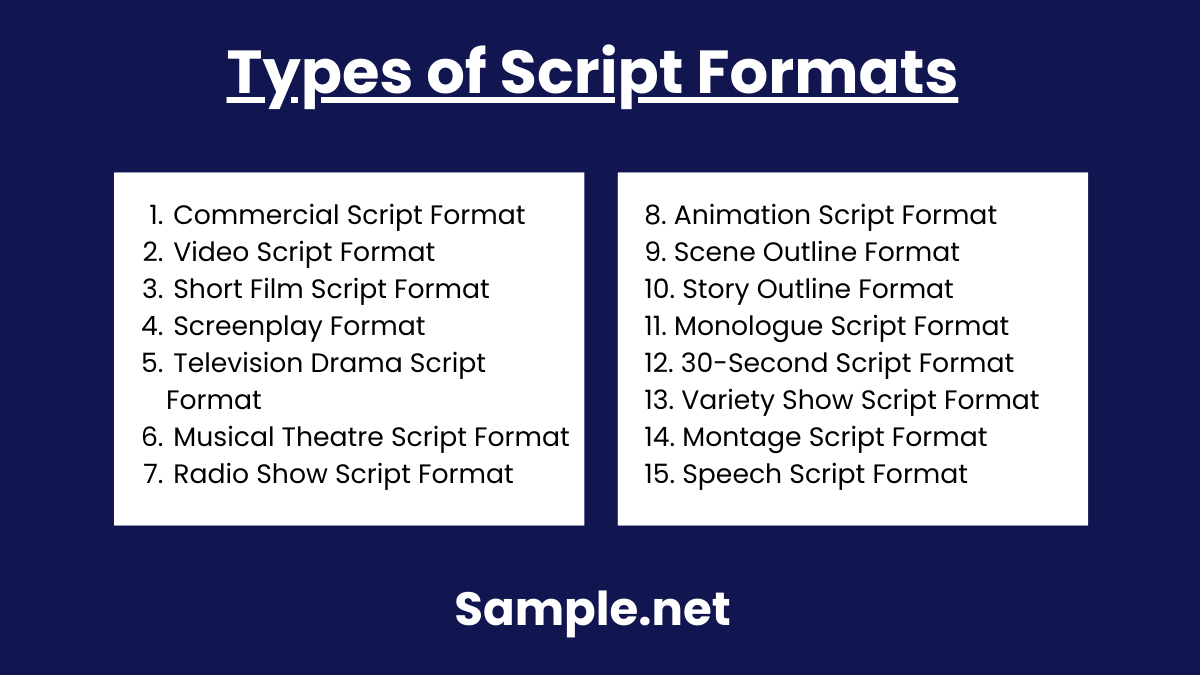
In the realm of storytelling, script formats play a crucial role in bringing narratives to life across various mediums. From commercials based on commercial proposals and videos to screenplays, television dramas, and animations, each format serves a distinct purpose in capturing and captivating audiences. Explore the diverse world of script formats below.
How to Create a Script Format
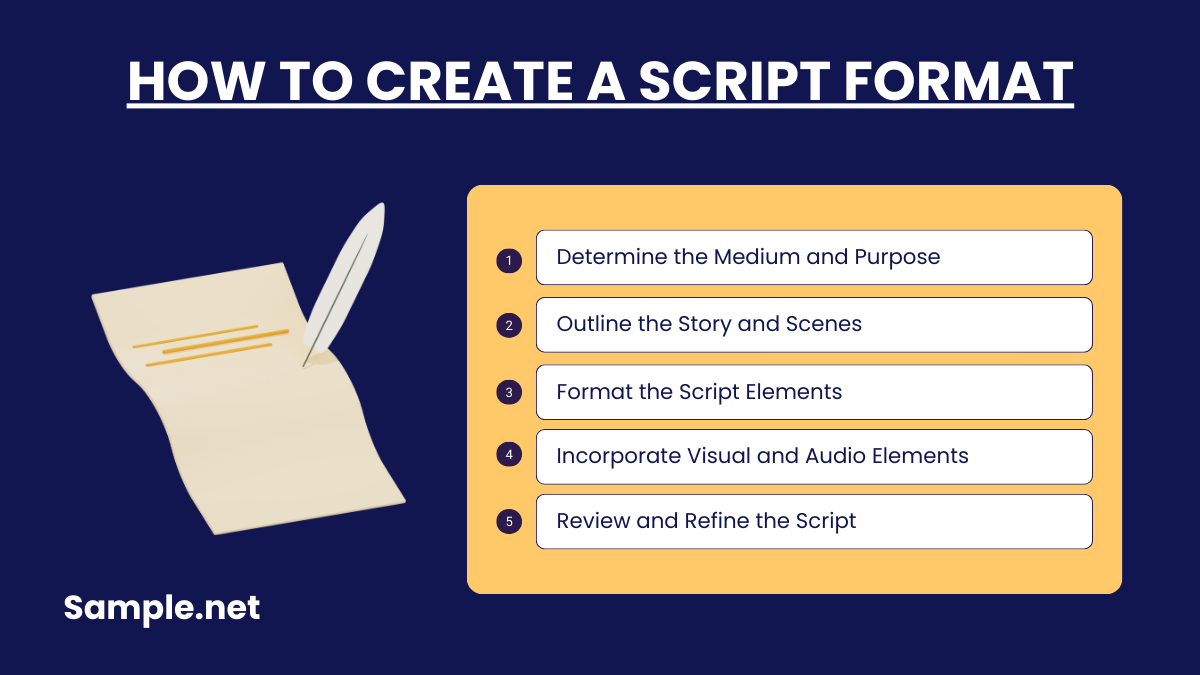
Create a well-crafted script format tailored to your chosen medium and purpose when you follow the five steps below. Capture the essence of your story and guide the production process effectively. You can also see more on Sample Outline.
Step 1: Determine the Medium and Purpose
Identify the medium for which you’re creating the script format, be it a commercial, video, short film, screenplay, television drama, musical theatre, radio show, or animation. Consider the purpose of the script, whether it’s to entertain, inform, persuade, or engage the audience. Understanding these factors will shape the overall structure, tone, and style of your script format.
Step 2: Outline the Story and Scenes
Develop a comprehensive outline of the story, including the main plot points, character arcs, and key scenes. Determine the sequence of events and transitions, ensuring a logical and coherent flow. Break down the story into individual scenes, each with a clear objective or purpose. This step allows you to visualize the narrative structure and how each scene contributes to the overall story. You can also see more on Writing Sample.
Step 3: Format the Script Elements
Focus on formatting the key elements of the script, such as dialogue, action, and scene descriptions. Utilize industry-standard formatting guidelines, including proper indentation, font, and spacing. Clearly distinguish dialogue from action by using the appropriate formatting conventions, such as character names centered above dialogue and specific scene descriptions in the present tense. Ensure consistency throughout the script format, maintaining a professional and polished appearance.
Step 4: Incorporate Visual and Audio Elements
Consider the visual and audio elements that accompany the script, such as visuals for videos or animations, music cues for musical theatre or radio shows, and specific camera directions for film or television dramas. Describe these elements in detail, providing instructions and references to enhance the overall visual and auditory experience. This step ensures a cohesive integration of these elements with the written script, allowing the creative vision to come alive. You can also see more on Pre-Production Plan.
Step 5: Review and Refine the Script
Review the script format meticulously, checking for any errors, inconsistencies, or areas that require improvement. Pay attention to the overall structure, pacing, and clarity of the script. Seek feedback from peers or professionals to gain fresh perspectives and make necessary revisions. Refine the script format until it aligns with your intended vision and effectively communicates the story or message. A thorough review and refinement process will result in a polished and professional script format ready for production.
Mastering the script format is essential for effective storytelling in film, TV, and theater. It ensures clarity for the entire production team, enhancing communication and efficiency during the creative process. Properly formatted scripts pave the way for successful productions that captivate audiences and bring stories to life. You can also see more on Test Report.
FAQs
While both commercial films and television dramas follow similar script format guidelines, there are some notable differences. Commercial films often have a more linear structure, focusing on a single story arc within a limited runtime. Television dramas, on the other hand, require a more episodic approach, with multiple storylines and character arcs that can span several seasons. Understanding these differences is crucial for writers to adapt their storytelling and pacing accordingly, ensuring their scripts are suitable for the intended medium.
Script format in musical theatre differs from traditional screenwriting due to the inclusion of lyrics and music cues. In addition to the standard script elements, musical theatre scripts include song titles, lyrics, and stage directions for choreography or musical accompaniment. These additional components allow for the seamless integration of music and dialogue, enhancing the overall theatrical experience. Understanding the unique requirements of script format in musical theatre is essential for writers aiming to create successful and engaging productions.
Writing a script for a radio show requires specific considerations due to the lack of visual elements. Since the audience relies solely on audio cues, the script must effectively convey the story, characters, and atmosphere through dialogue, sound effects, and music. Proper formatting of dialogue and clear instructions for sound effects and music cues are crucial. Additionally, incorporating descriptive language and engaging dialogue can compensate for the absence of visual elements, ensuring an immersive and captivating experience for listeners. You can also see more on SAMPLE Font.
Script format in animation differs from live-action films due to the unique requirements of the animation production process. Animation scripts often include detailed descriptions of visual elements, character designs, and specific actions. Additionally, they may include instructions for animators regarding timing, camera angles, and special effects. Understanding the specific needs of animation production and adapting the script format accordingly is vital for writers aiming to create compelling and visually stunning animated projects.
What are the key differences between script writing for commercial films and television dramas?
How does script format differ in musical theatre compared to traditional screenwriting?
What are the important considerations when writing a script for a radio show?
How does script format differ in animation compared to live-action films?
How does a screenplay format differ from a stage play format?
A screenplay format includes specific conventions like scene headings and camera directions used in film, whereas a stage play format emphasizes stage directions for live performance without visual camera cues. Both follow industry standards but cater to different production needs. You can also see more on Copyright License Agreement.
What is the role of parentheticals in script formatting?
Parentheticals offer actors guidance on how to deliver specific lines. They should be used sparingly to avoid over-directing actors, typically placed in parentheses under the character’s name, such as (angry) or (whispering).
What are the most common transitions used in scripts?
Transitions like “FADE IN,” “CUT TO,” or “DISSOLVE TO” provide cues for visual storytelling. They are usually placed on the right margin and signify changes between scenes, contributing to the script’s flow. You can also see more on Producer Agreement.
